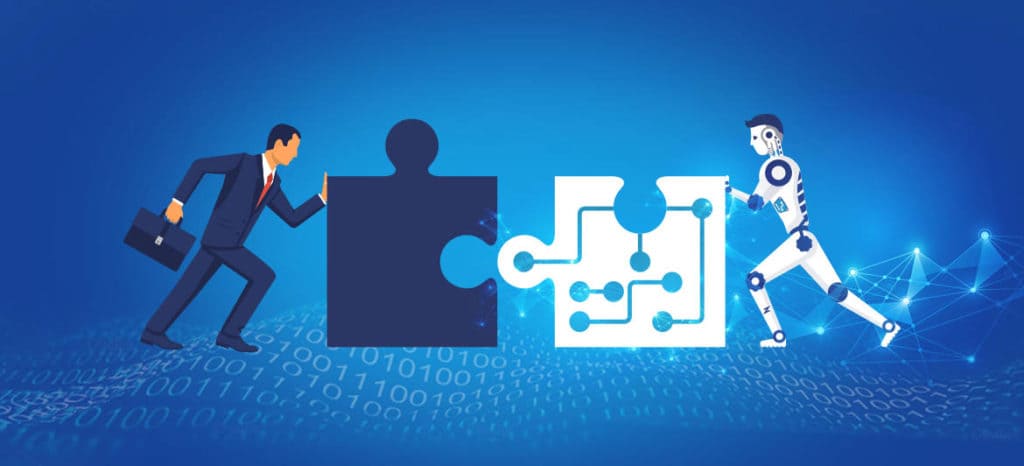Robotic Process Automation (RPA). Three words when used together have some fearing for their job due to conflation with Artificial Intelligence (AI), while others picture a physical robot! So, what is RPA?
Have you ever built a user interface (UI) macro? Congratulations you’ve implemented RPA. Back in the mid-90s, while at university, in Leeds, England, I was working part-time for the customer services department of a water company, while in the middle of a severe drought – yes, I know a drought in England – the irony! Said water company decided to ration or totally turn-off customers’ water for hours at a time leading to my job being somewhat hazardous to my wellbeing but I digress.
Me and a crack-team of customer services reps were tasked with the mind-eroding task of inputting paper-based water leaks reports into a system that required 10 screens of input but, only the last screen requiring unique customer name, address and description of leak data; while the other nine screens used the exact same codes and checkboxes for all water leak reports. We figured out we could create a recorded macro for the first nine screens thus automating that part with human data entry input only for 10th and last screen. That was a basic form of RPA.
Let’s further demystify RPA:
- RPA is applied digital technology that helps automate a series of back-office, manually intensive, structured human tasks that constitute a process or sub-process. For example, processing and paying invoices.
- RPA increases the speed and improves the accuracy of processes that it is applied to while reducing costs.
- RPA utilizes exiting UIs meaning that applications and systems do not need to be redeveloped. This means RPA implementations costs are low cost and speed to value are high.
- Bots shouldn’t be viewed as a threat to human jobs rather is improves the Employee Experience. It takes over repetitive and manual human tasks thus ‘taking the robot out of humans’ allowing people to focus on more valuable, cerebral and rewarding activities.
- AI (Artificial Intelligence) machine learning applied to processes to make them intelligent – Intelligent Automation (IA) along with driving decision making is at the other end of the spectrum to RPA. AI is intelligent because it can think. RPA cannot think or learn things that have not been implicitly programmed through the UI.
- RPA is the gateway technology to Digital Transformation (DX) and Innovation because of the ease and speed of implementation from a Proof-of-Concept (PoC) through to a prototype and scaled to implementation.
At OZ, we are experienced in helping clients like you adopt RPA that results in decreased costs, improved accuracy, and better employee experience and engagement. Our approach is to assess your processes and develop a plan that determines and sequences which processes will drive the highest ROI when converted to RPA. We then work with you to develop and implement your new RPA platform and measure the realized ROI.



